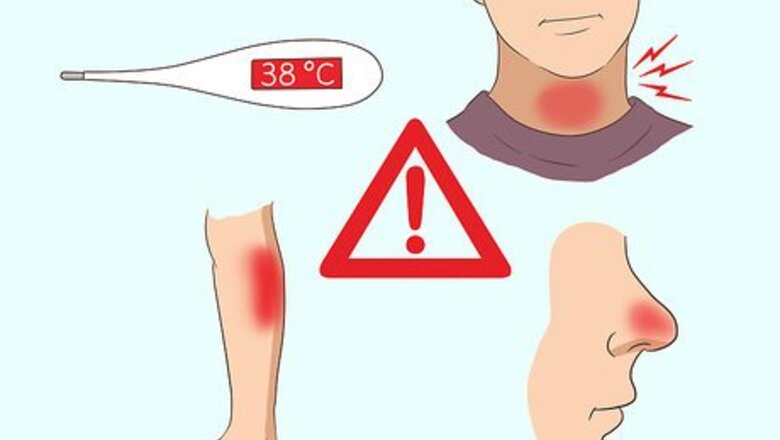
views
Knowing When to Test for Flu
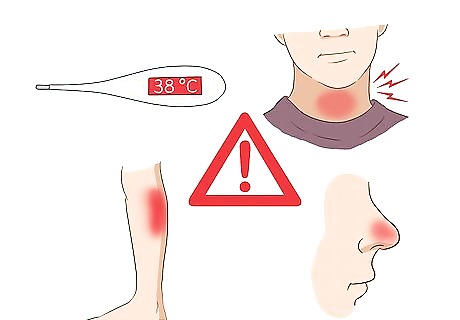
Recognize the symptoms of the flu virus. The flu is a respiratory infection that mostly affects your nose, throat, and lungs. It usually comes on quickly and is also known for causing widespread body aches and pains. Despite popular misconceptions, the flu doesn’t actually cause nausea or vomiting (which are caused by a different virus). Here are the common symptoms of flu to watch for: Fever over 100.4 °F (38.0 °C) Sore throat Nasal congestion Headache Fatigue Weakness Muscle aches Chills and sweats Dry, persistent cough

Get a flu test as soon as you experience symptoms for accurate results. A flu test is most accurate within the first 48 hours of when you experience symptoms. If you believe you may have the flu, call your doctor immediately or visit an urgent care center. They can discuss your symptoms with you and decide if you need a flu test. You don’t need to get tested for the flu to receive a diagnosis. If you've had a flu shot within the past 7 days, you may get a false positive result on your flu test. This is more common if you received the nasal vaccine. However, you can still get the flu even if you had a flu shot, so don't dismiss your symptoms.
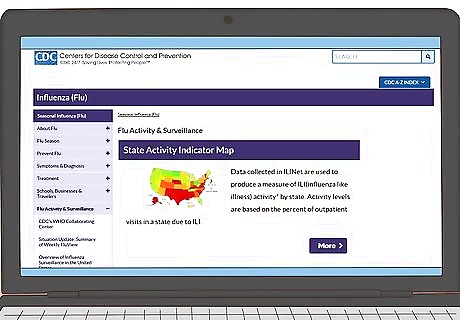
Check the flu activity in your area. Your doctor is more likely to suspect the flu if there is high flu activity in your area. Additionally, the flu test is more accurate in detecting the flu when the community has a high level of infections. You can find out if there's flu in your area by checking governmental sites, like the CDC, or independent research foundations. You can find more information about flu activity in your area at https://www.cdc.gov/flu/weekly/fluactivitysurv.htm or https://flunearyou.org/#!/.
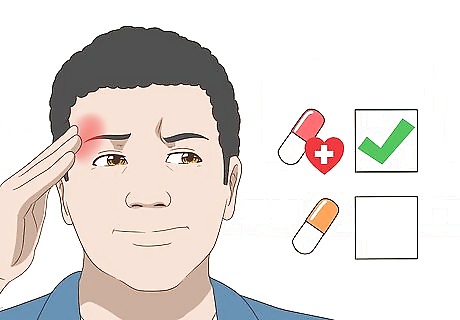
Decide if you want a flu test to confirm your diagnosis. If you suspect you have the flu, visit your doctor as soon as possible if you want to start antiviral drugs, which can shorten the duration of your illness and may prevent complications. These medications are most effective if you take them within 48 hours of the start of your infection. In the meantime, you can ease your symptoms with NSAIDs or acetaminophen. You can buy NSAIDs over-the-counter. Good examples include ibuprofen (Advil, Motrin), naproxen (Aleve), and aspirin. However, don't give aspirin to children or teens, as it increases the risk of developing Reye's Syndrome. Most people without risk factors for complications will feel better within 2 weeks, even without treatment. Common risk factors for flu complications include being very young, elderly, or pregnant, as well as having a weakened immune system or another medical condition, like heart or kidney disease. If you have any of these risk factors, you should always see a doctor.
Getting a Rapid Flu Test

Visit your doctor to discuss your symptoms. Your doctor will likely go down a checklist of flu symptoms to determine if you may have the flu. They’ll also check you for a fever and do a physical exam. If they think you may have the flu, they’ll likely order a rapid flu test, which they’ll do in their office. Your doctor may skip the test if they believe you have the flu. This is more likely to happen if you have all of the flu symptoms and there’s a flu outbreak in your area.

Let the doctor swab your nose to collect a culture. Your doctor or a nurse will gently rub the inside of your nostril with a long sterile cotton swab. This will collect a sample of the mucus inside your nose so that the doctor can test it for the flu. Getting a nasal swab is a quick, pain-free procedure. A nose swab will produce a better sample if you have a lot of wet mucus in your nose.
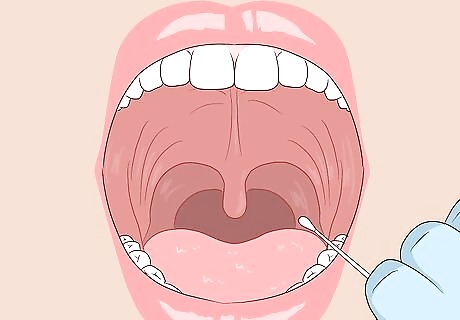
Allow your doctor to swab your throat as an alternative. The doctor or nurse may decide to gently rub a sterile cotton swab on the back of your throat to collect a sample. They’ll ask you to tilt your head back, open your mouth wide, and say “ahhhh.” Then, they’ll test the sample for the flu virus. A throat swab is quick and pain-free, but it may cause you some brief discomfort. Your doctor or nurse will decide whether a nasal or throat swab will produce a better sample for testing. In some cases, your doctor may decide to swab both your nose and throat so they can test both samples.
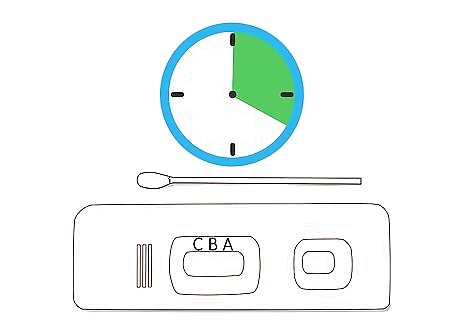
Wait 10-20 minutes for your test results. The doctor will perform a rapid influenza diagnostic test or a rapid molecular assay test in their office while you wait. These tests work by detecting the presence or absence of the parts of the flu virus that cause your immune system to react. In some cases, your doctor or hospital may perform a more accurate flu test on your nasal or throat swab that takes at least 1 to a few hours to get a result. They may let you go home to wait for the results. They're more likely to do this test if you have risk factors for complications, such as being pregnant, very young, or elderly or having a weakened immune system.
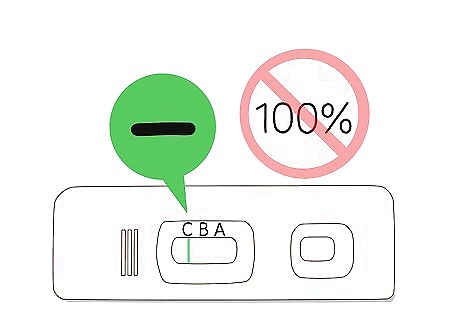
Expect a diagnosis based on the rapid flu test and your symptoms. Since the rapid influenza diagnostic test isn’t as reliable as other tests, it’s possible to get a negative result even if you have the flu. Your doctor may still diagnose you with the flu if you have other symptoms of the illness. The flu test helps your doctor confirm a diagnosis in the case of a positive result. Plus, it shows if you have type A or type B. This can help with your treatment. Types A and B can both cause flu epidemics. However, type A varieties, which includes the H1N1 (swine flu), are more commonly behind them. Type A viruses can be divided into subtypes based on their proteins, but type B usually aren't.




















Comments
0 comment